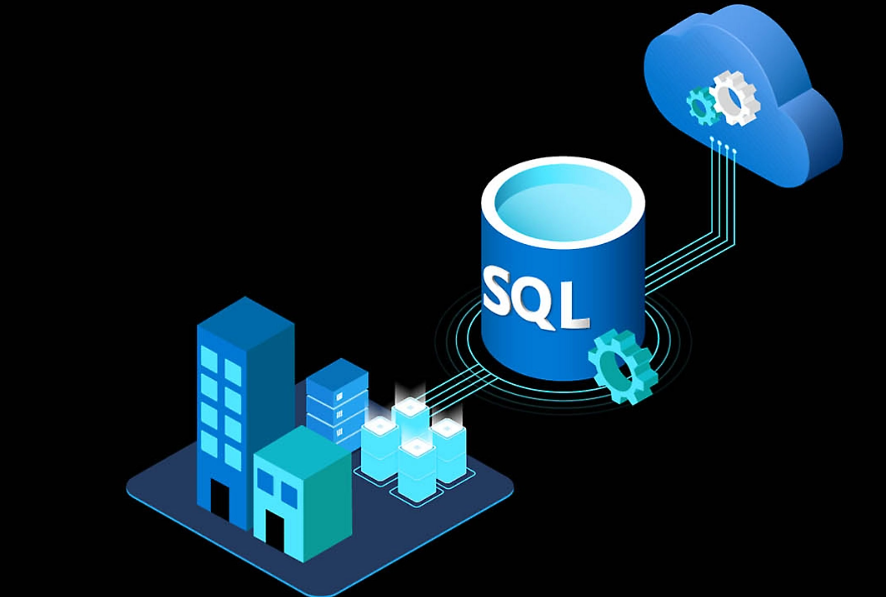When Microsoft announced SQL Server 2025, I was curious about what would truly change the way developers and DBA’s interact with data. Over the years, we have seen incremental improvements in performance tuning, query optimization, and developer tooling. But this release feels different. The introduction of Query Intelligence is not just another feature; it is a shift in how we think about writing and managing queries.
What Query Intelligence Actually Means
At its core, Query Intelligence from my viewpoint is about giving the database engine the ability to understand intent rather than just syntax. In earlier versions, developers had to carefully craft queries, index strategies, and execution plans. With SQL Server 2025, the engine can now leverage semantic search, vector data types, and AI‑assisted optimization to interpret what the developer is trying to achieve and suggest or even implement improvements automatically.
For example, the new semantic search capabilities allow natural language queries to be translated into T‑SQL, which means developers can focus on business logic rather than memorizing every clause and keyword. You can read more about this in Microsoft’s documentation here: Intelligent Applications and AI in SQL Server.
Why This Matters for Developers and DBAs
I have spent countless hours in the past troubleshooting slow queries, rewriting joins, and experimenting with indexes. With Query Intelligence, much of that heavy lifting is handled by the engine itself. This does not mean developers and DBAs are no longer needed; it means our role shifts toward designing smarter data models and understanding the bigger picture of how data flows through applications.
One of the most exciting aspects is the integration of Copilot in SQL Server Management Studio (SSMS). It can explain execution plans in plain language, suggest query rewrites, and even highlight potential pitfalls before you run a query. For developers who are newer to SQL, this is a game changer. For seasoned developers, it is like having a second pair of eyes that never gets tired. A good overview of these tools can be found here: SQL Server 2025 AI Developer Tools.
I’ve had some nuances with this, but am getting more familiar with it each day.
Practical Scenarios
Here are a few situations where I see Query Intelligence making a real difference:
- Performance tuning: Instead of manually analyzing execution plans, the engine can now recommend index changes or query rewrites.
- Data exploration: Analysts can ask questions in natural language and get meaningful results without writing complex SQL.
- Security and compliance: Query Intelligence can flag queries that might expose sensitive data, helping teams stay compliant.
- Learning curve reduction: New developers can become productive faster since the system guides them toward best practices.
My Personal Take
I have always believed that the best tools are the ones that make you think less about the tool itself and more about the problem you are solving. SQL Server 2025 feels like it is moving in that direction. Instead of spending hours tweaking queries, one can focus on designing systems that deliver value. Of course, I still want to understand what is happening under the hood, and I would never blindly trust any automated suggestion. But having Query Intelligence as a partner in development feels like a step forward.
Where to Learn More
If you want to dive deeper, here are some resources worth exploring:
- SQL Server Semantic Search using AI Features
- Local AI Models for SQL Server
- New AI Capabilities in SQL Server 2025
The Gotchas I Am Still Discovering
As much as I am impressed with Query Intelligence, I would be misleading if I said everything works seamlessly. Like any major release, SQL Server 2025 comes with its own set of quirks that I am still uncovering.
For instance, some of the automatic query rewrites suggested by the engine do not always align with the specific performance goals. In one case, the optimizer recommended an index that actually slowed down a reporting workload because it was tuned for transactional speed instead of analytical queries.
Another area where I have noticed surprises is with semantic search translations. While it is powerful to type a natural language question and get a query back, the generated SQL sometimes makes assumptions about joins or filters that are not what I intended. It is a reminder that developers and DBAs still need to review and understand what is happening under the hood.
I am sure more of these gotchas will surface as I continue working with the platform. That is not a criticism; it is simply the reality of adopting a new release. The important thing is to approach Query Intelligence as a partner, not a replacement for developer and DBA judgment.
